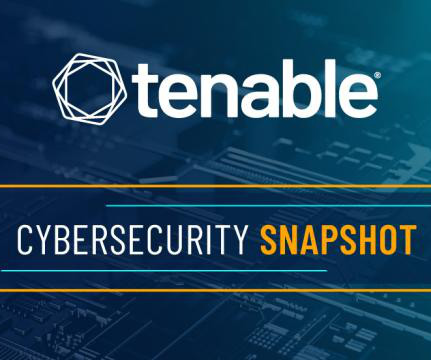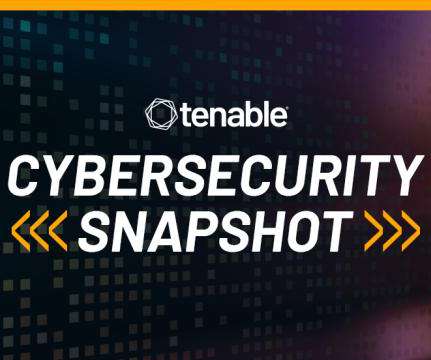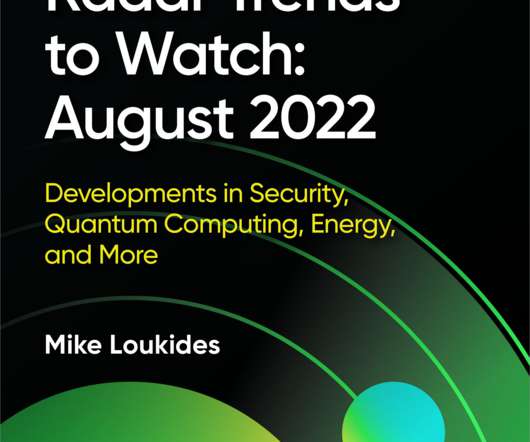9 Types of Phishing and Ransomware Attacks—And How to Identify Them
Ivanti
JANUARY 19, 2022
The most common phishing delivery tactics are email and attachments, text and multimedia messages, telephone and malicious advertisement networks. End users are easily coaxed into divulging their precious personal information because of attention-grabbing headlines and authentic-looking, obfuscated or shortened hyperlinks. Learn more.


















Let's personalize your content